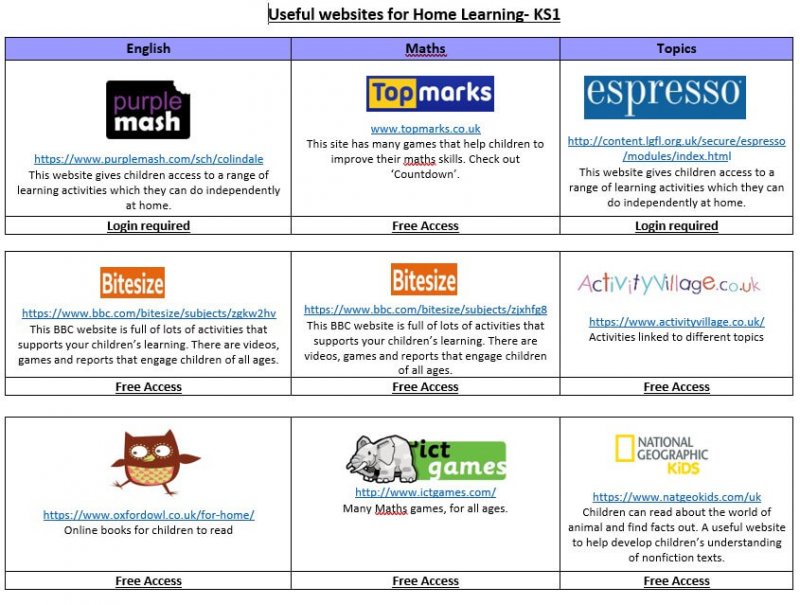 Home-School Reading Partnership
Home-School Reading Partnership
It is very important for your child to develop as a good reader, and your help at home is a vital part of this.
Please try to read with your child regularly, every day if possible, for about 10 – 20 minutes.
Your child will bring home several books each week. They may have already read some of these books in a ‘guided reading’ lesson; others will be their own choice.
If your child is unsure of a word, don’t tell them straight away, but let them HAVE A GO at using the different ways they have been taught to work these out, for example:
- look at the pictures
- put the sounds of the word together
- think about what would make sense.
Please TALK to your child during or after reading about what they have read to make sure they understand. You could ask:
 What sort of book is it? (story, poem, information)
What sort of book is it? (story, poem, information)- Who was their favourite character?
- What do they think will happen next?
- What have they learnt from the book
Brilliant Books to share at home:
Brilliant Books to Share with Your Year 2 Child and Questions You Can Ask
Bookmarks:
Examples of questions that you can ask your child before, during and at the end of the book
Strategies pupils can use to help work out words when reading
YEAR 2 – MULTIPLICATION TABLES
In Year 2, as part of the maths curriculum, children are taught the multiplication tables for 2, 5 and 10.
At school, children work with a range of materials to support their learning. They begin to use multiplication tables and recall multiplication facts, including related division facts to perform written and mental calculations. They are expected to know that 3 x 2 = 2 x 3; that two threes are six; two multiplied by three is six; and two times three is six.
It is helpful if children practice their multiplication tables at home and are able to work quickly with these facts. As well as testing their skills, you can play games and give them challenges. It is also helpful if you give them strategies to help memorise these facts and give them problems to solve by putting these facts into real life situations.
e.g. If there are 5 of us and we each have ten grapes, how many grapes do we have altogether?
We each have two eyes. How many people are there if there are 12 eyes in the room?
I have 15 pencils and share them out equally between three children. How many pencils will they get each?
How many different ways can you make 20 using your multiplication tables?
Please note that as well as learning the multiplication tables, children should learn to recognise the calculation even if they are given the answer and need to find the factors. This supports the fluency in their calculations. There are also many games online that support your children in learning their multiplication tables. Please refer to ‘Website Ideas’.

Please click here to download Useful Websites for Home Learning in Year 2 or click on the gallery below to view.
Espresso Home Access Guide for Parents
















